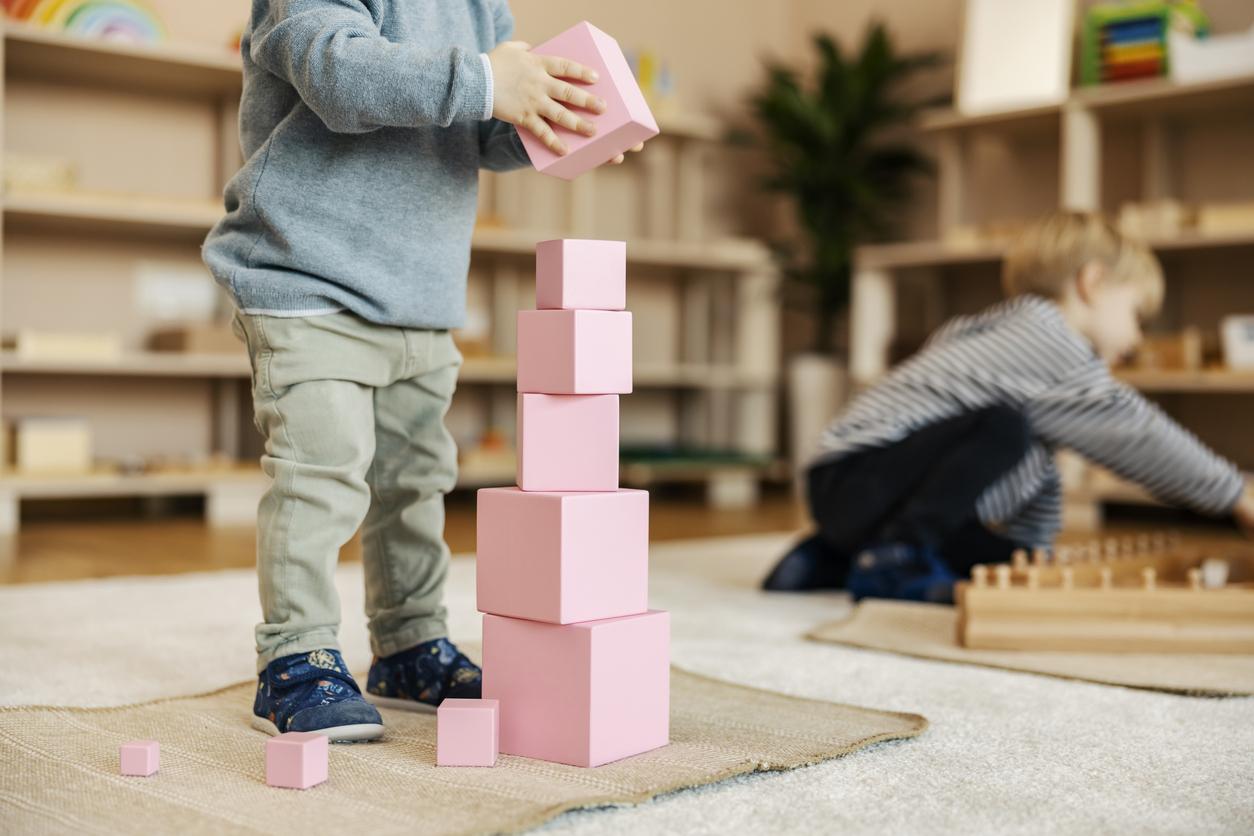The consequences of editing photos of children on social networks worry 7 out of 10 parents in the United States.

- Young people are increasingly using photo editing apps to improve their appearance on social media.
- This phenomenon can affect the body image of children, which is dangerous for their mental health.
- Parents should explain to children what their qualities are apart from their appearance.
Image editing apps have a negative influence on children’s body image. This is revealed by a survey conducted in the United States among parents of children under the age of 18.
Image editing applications are increasingly used by children and teenagers. On social networks that have taken an important place in the lives of young people, they do not hesitate to use these applications to improve their appearance.
According to a survey conducted by The Harris Poll on behalf of the On Our Sleeves movementnearly 7 out of 10 parents believe that these apps have a negative influence on their children’s body image.
Appearance-related social media trends also have a negative influence
Moreover, according to the same survey, 65% of parents believe that appearance-related social media trends such as diet or exercise also have a negative influence.
Children are under increasing pressure to follow the beauty standards conveyed on social networks, which can have harmful consequences on their mental health. Indeed, it is important that a child has a positive body image of himself. He will thus have more self-confidence and will be better able to face the challenges of daily life. Hence the danger of degrading this perception by encouraging it to artificially modify its image.
Tips for improving children’s body image
To help parents maintain a balance for their children between what social media use can bring them and their harmful messages or other potentially dangerous aspects, the On Our Sleeves movement offers resources to improve the dialogue between parents and children. .
Her advice focuses on the importance of body positivity and nutrition, including through parent-caregiver-child conversations about youth mental health.
For example :
– Focus on overall health, not weight.
– Model a positive body image.
– Recognize the positive traits or qualities of the child that have nothing to do with their appearance.

















